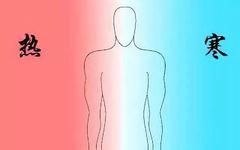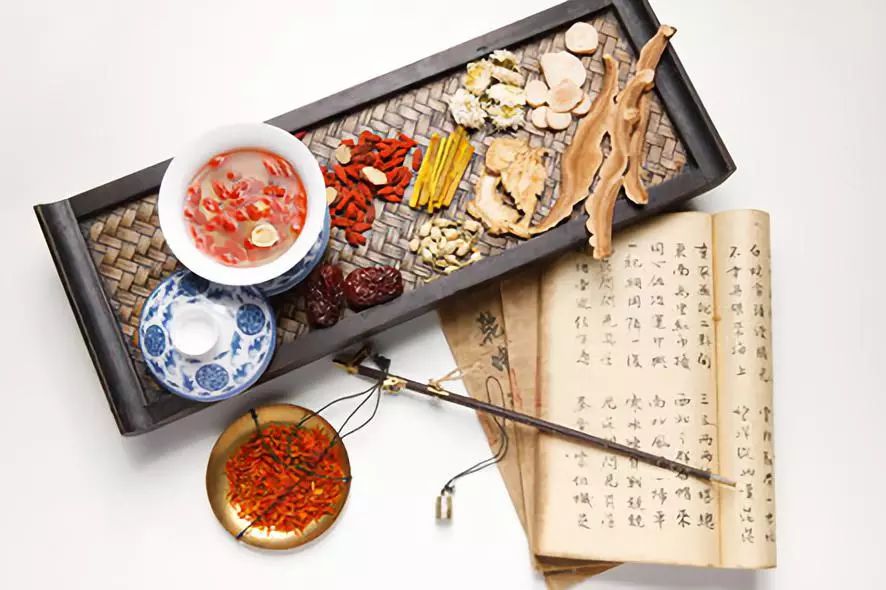
In daily life, we often encounter situations where some people with a cold constitution experience stomach pain and diarrhea after consuming cold foods; while others with a hot constitution develop mouth sores and constipation after eating too many spicy and dry foods.
Additionally, some individuals may catch a cold and self-medicate with various Chinese patent medicines, but due to their inability to distinguish between cold and heat syndromes, they might mix one packet of wind-cold cold medicine with one packet of wind-heat cold medicine, resulting in ineffectiveness.
How can one determine if they are cold or hot?
In Traditional Chinese Medicine (TCM), the differentiation between cold and heat is primarily based on individuals’ sensations and certain external signs, a method referred to as “external to internal” and “surface to know the interior”. Therefore, understanding the characteristics of cold and heat is not difficult.
In summary, cold and heat have the following characteristics:
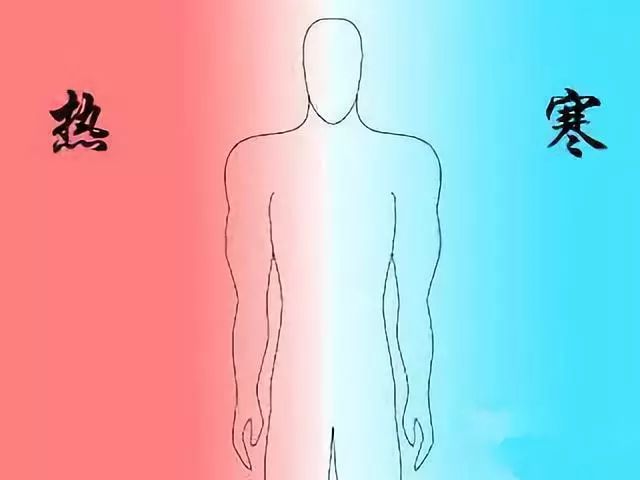
Characteristics of Cold: Cold, White, Thin, Moist, Static
“Cold” refers to the sensation of feeling cold, wearing more clothing than others, being averse to wind, disliking cold and damp places, and preferring warm foods. Consuming too many cold foods can lead to discomfort. Additionally, cold manifestations may include cold hands and feet, which can be more pronounced on cold days, and sometimes even in hot weather, the hands feel cool. Individuals with a cold constitution are intolerant to cold and can endure summer but not winter.
“White” refers to the color of the skin and some secretions or excretions being pale. For example, the complexion, lip color, and tongue quality are lighter, lacking sufficient redness, and leaning towards white. Nasal discharge, sputum, and women’s leukorrhea may also appear white.
“Thin” indicates that some secretions or excretions are clear and watery. For instance, diarrhea may be loose and watery, nasal discharge may resemble clear water, sputum may be thin, and women’s leukorrhea may be abundant and watery. If the color is also white, the cold manifestation is more evident.
“Moist” means that the body’s orifices are not dry. For example, the mouth is not dry, the tongue is not parched, the eyes and nostrils are not dry, and bowel movements are not constipated, with a normal volume of urine.
“Static” refers to the person’s posture and movement. Individuals with a cold constitution often appear physically contracted, speak little, and dislike moving. Generally, those who wear more clothing and curl up are more likely to be cold. This is also a passive posture to reduce heat loss and protect Yang Qi.
When these characteristics are present, one can preliminarily judge that they have a cold constitution or are suffering from a cold syndrome.

Characteristics of Heat: Heat, Yellow, Thick, Dry, Active
“Heat” is manifested by fever, and in addition, patients may feel internal heat, preferring coolness and being intolerant to heat. For example, they may wear less clothing than others, feel uncomfortable after eating hot foods, and comfortable after consuming cold foods. Localized heat may also be present, such as hot palms and soles, a feeling of heat in the chest, and a burning sensation during urination or defecation. Individuals with a hot constitution are intolerant to heat and can endure winter but not summer.
“Yellow” refers to the color of secretions and excretions being yellow, such as yellow urine, yellow nasal discharge, and yellow sputum; “red” refers to the color of the skin and mucous membranes being red, such as a flushed complexion, red lips, and a red tongue.
“Thick” indicates that some secretions or excretions are viscous. For example, thick nasal discharge, sputum that is difficult to expel, and thick leukorrhea.
“Dry” means that the body’s orifices are dry. For instance, dry lips, throat, and nostrils, excessive thirst, little urine, and constipation.
“Active” is the opposite of static; individuals with a hot constitution prefer movement over stillness, with frequent bodily movements. They may be irritable, restless, talkative, and have difficulty sleeping, tossing and turning at night.
The above are key points for distinguishing cold and heat. It is essential to consider the overall picture when judging cold and heat, rather than focusing on just one aspect. For instance, a patient with a cold syndrome may have white, thin sputum and nasal discharge that typically lacks a strong odor; while a patient with a heat syndrome may have yellow, thick sputum and nasal discharge that is often accompanied by a strong odor, and their breath may also be more foul, with urine and stool having a stronger smell than usual.
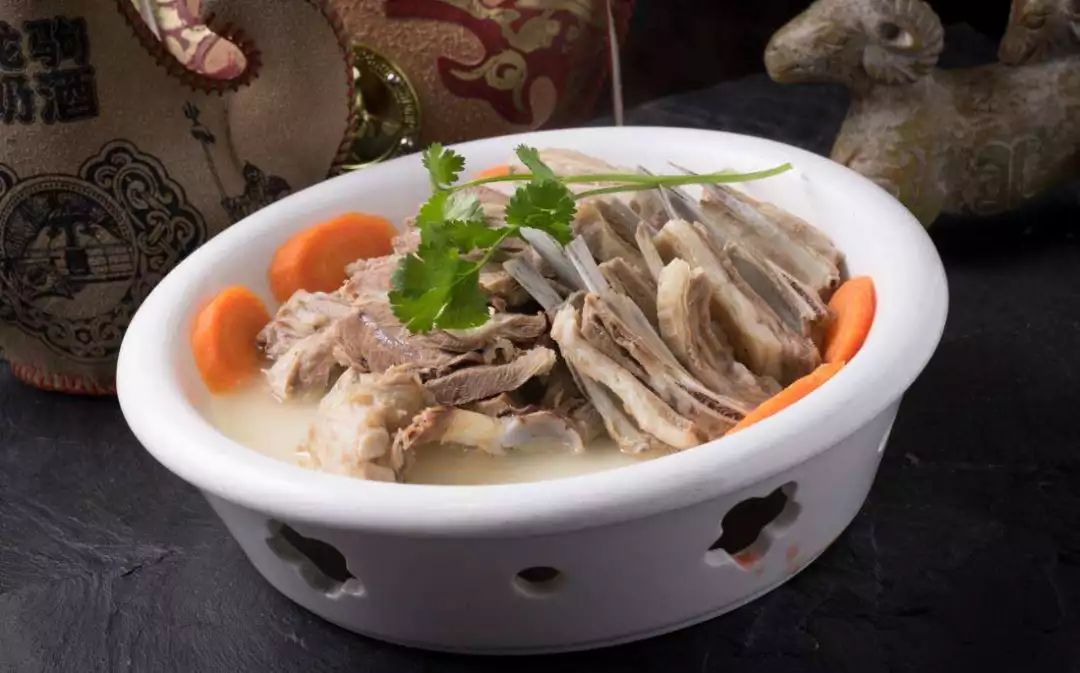
What to do after clarifying cold and heat?
TCM believes that a normal human body is in a state of Yin-Yang balance. The generation of cold and heat is due to the imbalance of Yin and Yang in the body. Therefore, regulating Yin and Yang is a fundamental principle that must be followed in TCM for disease prevention and treatment. For individuals with cold and heat constitutions, the corresponding methods are “warm the cold” and “cool the heat”.
1. Warm the Cold
For those with a cold constitution or cold syndrome, TCM employs warming methods for prevention and treatment.
For individuals with a cold constitution, it is advisable to consume warming foods to adjust their condition. Such foods include lamb, beef, chicken, venison, yellow eel, shrimp, broad beans, leeks, ginger, fennel, walnuts, chestnuts, longan, lychee, and black tea. For cold syndromes, warming products can be used for treatment.
For patients with wind-cold colds, who experience chills, body aches, nasal congestion, and clear nasal discharge, they can drink a decoction of scallions, ginger, and brown sugar. Women with lower abdominal pain during menstruation can consume eggs boiled with mugwort and brown sugar.
Other therapies suitable for patients with cold syndromes include moxibustion and hot compresses. Individuals with a cold constitution should avoid raw and cold foods, even in summer, and should be cautious about exercising in cold or damp weather.
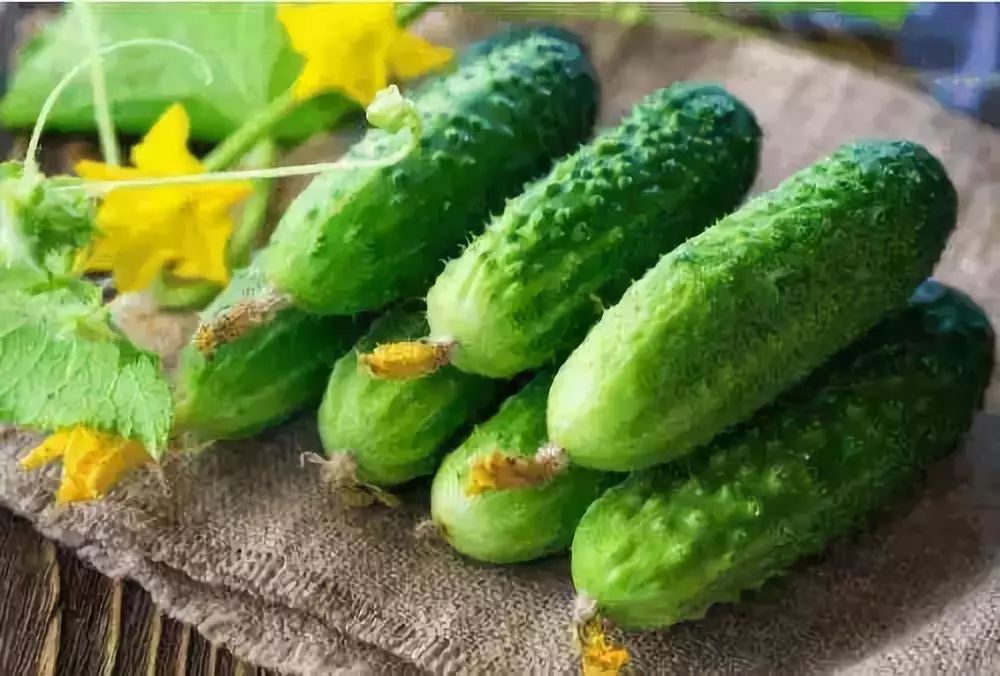
2. Cool the Heat
For those with a hot constitution or heat syndrome, TCM employs cooling methods for prevention and treatment.
For individuals with a hot constitution, it is advisable to consume cooling foods to adjust their condition. Such foods include duck, pig skin, crucian carp, turtle, soft-shelled turtle, sea cucumber, crab, tofu, mung beans, radish, winter melon, bitter melon, cucumber, black fungus, green vegetables, lotus root, pomelo, pear, and green tea.
For heat syndromes, cooling products can be used for treatment. For instance, if one has a wind-heat cold with symptoms of fever, sore throat, and dry mouth or yellow, thick nasal discharge, they can brew tea with honeysuckle, mint, and ophiopogon. If there is excessive eye discharge and yellow, scant urine, they can drink a decoction of bamboo leaves and mung beans.
Individuals with a hot constitution should avoid spicy and dry foods, and should limit the intake of warming foods and drinks such as ginger, scallions, chili, dog meat, venison, beef, lamb, and white liquor.
In summary, distinguishing between cold and heat is crucial as it helps us choose suitable foods based on our constitution and allows us to use simple remedies or medicinal dishes to treat cold and heat syndromes.

